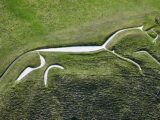If you want to choose a campsite that will let you explore some myths and legends, you’ll find you’re spoilt for choice for mysterious destinations in the UK. From Tintagel in Cornwall to The Brandy Pad Smuggler’s Route in County Down, there are many different locations to visit, each with its own story to tell. Here, we’re sharing some of our favourites…
Pendle Hill, Lancashire
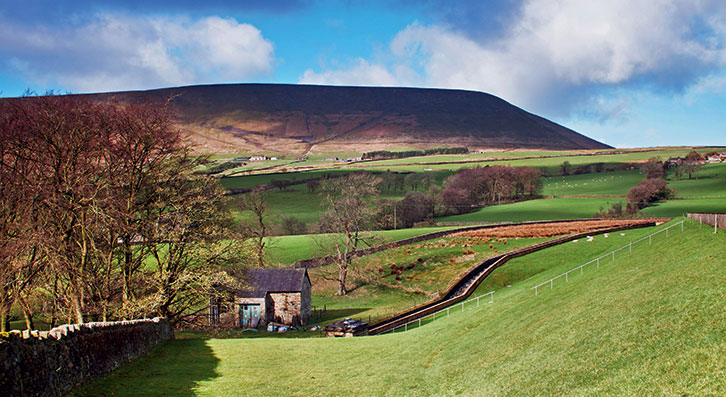
Once notoriously lawless, Lancashire is now best known for its peaceful hills – and infamous witch trials. Over 400 years ago, Pendle Hill was home to religious dissenters, traditional healers and self-confessed witches, 12 of whom fell victim to the trials – 10 were hanged. Climb Pendle Hill and if you don’t get home before dark, you might come across a wandering ghost or two!
Stay at: Clitheroe Camping and Caravanning Club Site
Botany Bay, Kent
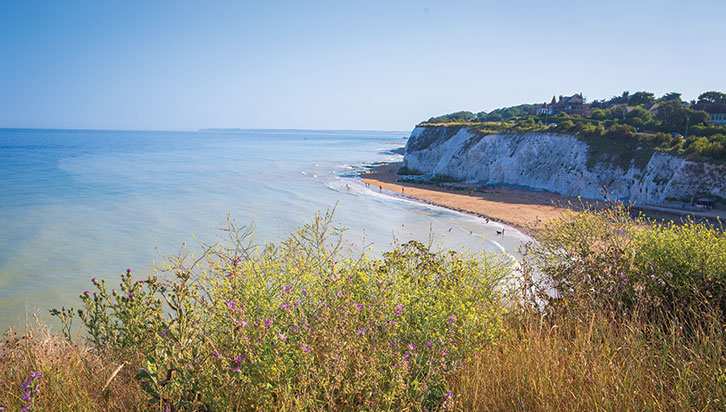
Follow in the footsteps of smuggler Joss Snelling in beautiful Botany Bay. In 1796, a bloody encounter known as the Battle of Botany unfolded after his gang were caught by the revenue men, and 15 of the smugglers were killed. Take a stroll among the chalk stacks carved out by the sea and you can easily imagine them hauling their illicit cargo into the caves.
Stay at: Quex Holiday Park
Mother Shipton’s Cave, North Yorkshire
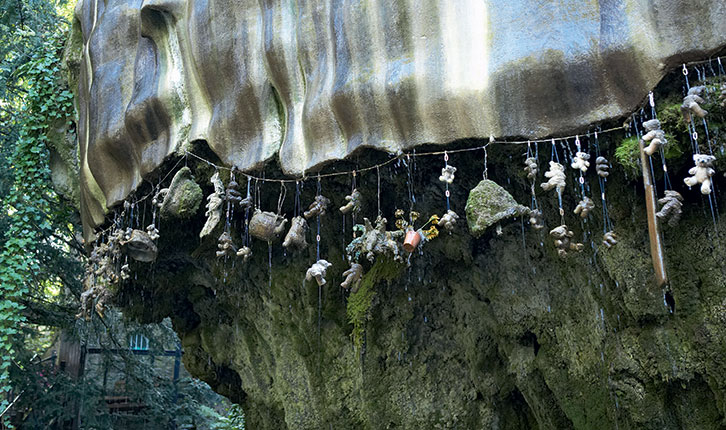
In ancient woodland by the River Nidd is England’s oldest visitor attraction – Mother Shipton’s Cave and the Petrifying Well.
Born in the cave in 1488, Mother Shipton went on to be a famous prophet, foretelling the Great Fire of London and the Spanish Armada’s defeat. Nearby, the Petrifying Well is an awe-inspiring geological phenomenon, where water turns objects to stone.
Stay at: Harrogate Caravan Park
Uffington White Horse, Oxfordshire
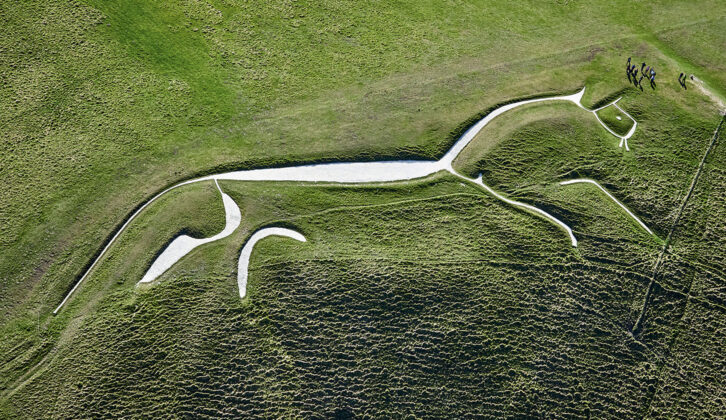
In the heart of Oxfordshire lies a trio of prehistoric sites. The most famous and intriguing is the White Horse, a striking figure carved into the chalk and dating back to the Bronze Age. The horse sits atop Uffington Castle, a rare example of a large Iron Age hillfort. Nearby Dragon Hill, another cornerstone of local folklore, is said to be the site of St George’s dragon-slaying.
Stay at: Lincoln Farm Park
Skara Brae, Orkney
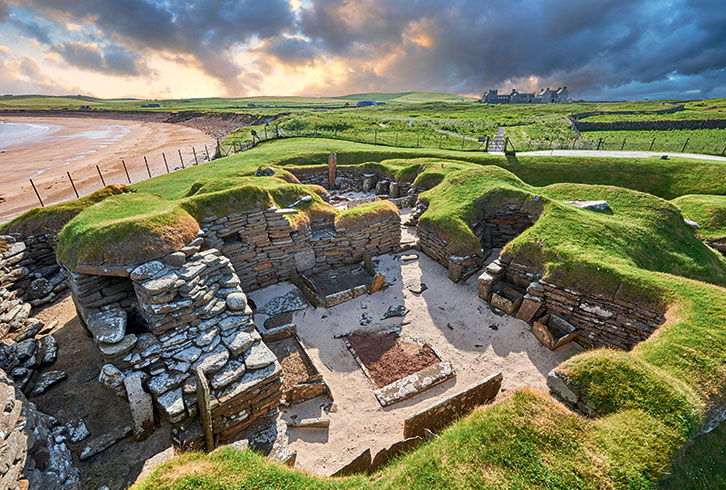
Before Macbeth, there were Vikings and before them, Romans, but first there was Skara Brae. Predating the Egyptian pyramids, the fascinating remains of this Neolithic village perch on the sweeping coastline of the Bay of Skaill. The site was discovered after a storm in 1850 and is part of the Heart of Neolithic Orkney World Heritage Site, along with a tomb and two mysterious stone circles.
Skara Brae is home to 5000-year-old ruins, stone ‘furniture’ and artefacts dating back to 3000 BC. Visitors can explore winding passageways and stone walls against the dramatic
backdrop of the Orkney archipelago.
Stay at: Point of Ness Campsite
Buckland Abbey, Devon
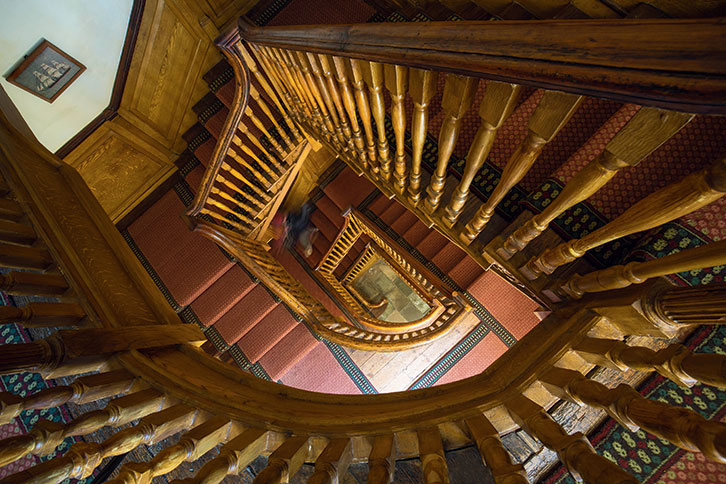
Buckland Abbey is an architectural tapestry reflecting previous owners. Sitting in Devon (see our guide to the best motorhome sites in Devon if you want to explore this region), the great Cistercian monastery dates back to 1278 and changed hands a few times before Sir Francis Drake acquired it.
Local legend has it that Drake enlisted hellish help to renovate the abbey in just three nights, paying for it with his soul. His spirit is said to roam the moors in a hearse drawn by headless horses!
Stay at: Dartmoor Caravan Park
Margate Shell Grotto, Kent
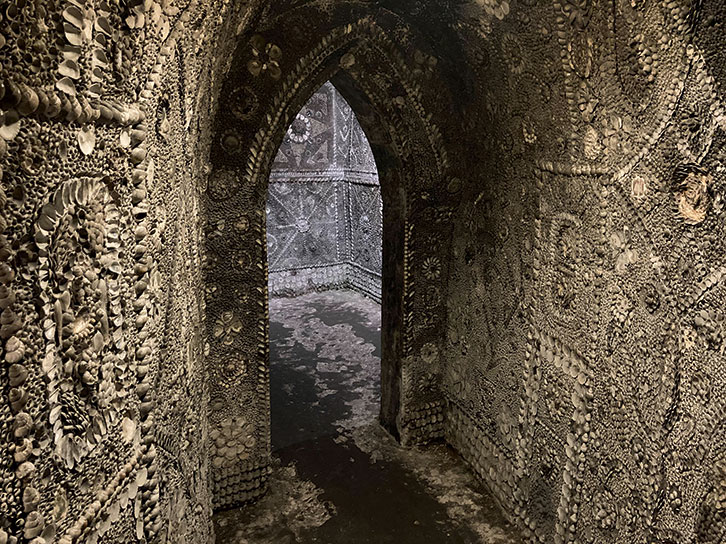
Ancient temple, secret meeting place or Regency folly? Studded with 4.6 million shells, these curious subterranean walkways, discovered in 1835, comprise some 2000 square feet of wall mosaics. Mussels, whelks, oysters and more are arranged in mesmerising patterns that sweep through the passages, depicting gods, goddesses and mysterious symbols.
Stay at: Manston Court Holiday Park
The Brandy Pad Smuggler’s Route, County Down
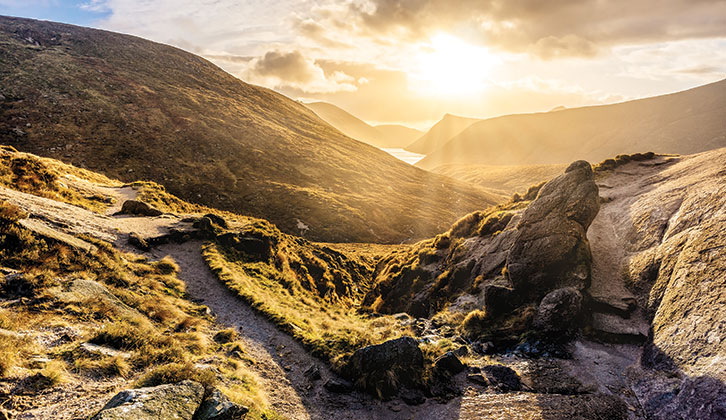
Retrace the footsteps of smugglers on the route they took to hide their contraband in Northern Ireland’s Mourne Mountains.
This historic trail forms a moderately challenging hike along parts of the famed Mourne Wall, a 22-mile dry stone wall that took almost 20 years to build. As you pass through majestic valleys and sweeping vistas, it’s easy to imagine smugglers driving pack ponies in this remote wilderness. Mountain Ways Ireland runs great day tours, which include a fascinating commentary about the area’s turbulent history.
Stay at: Annalong Holiday Park – the winner of the best motorhome site in Northern Ireland in our Top 100 Sites Guide 2023 makes an ideal campsite for exploring this historic trail.
Tintagel Castle, Cornwall
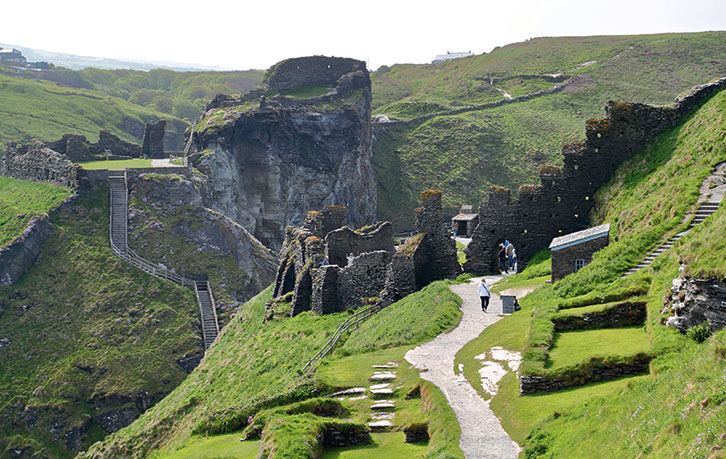
Staying at a motorhome site in Cornwall will take you to a region shrouded in history and myth.
Take Tintagel, home to medieval ruins perched on Cornwall’s dramatic north coast, where legend is woven into every inch. With evidence of Romans and rumours of an Iron Age hillfort, the site is teeming with history, but its most famous inhabitants were mythical.
Since the 1100s, the site has been connected with the legendary lives of King Arthur and his knights. At the foot of the rugged peninsula, along with waterfalls and a rocky bay of azure water, is Merlin’s Cave. The story has it that this intriguing grotto – only accessible at low tide – was home to the famous wizard.
Stay at: The Headland Caravan Park
Wharram Percy Village, Yorkshire
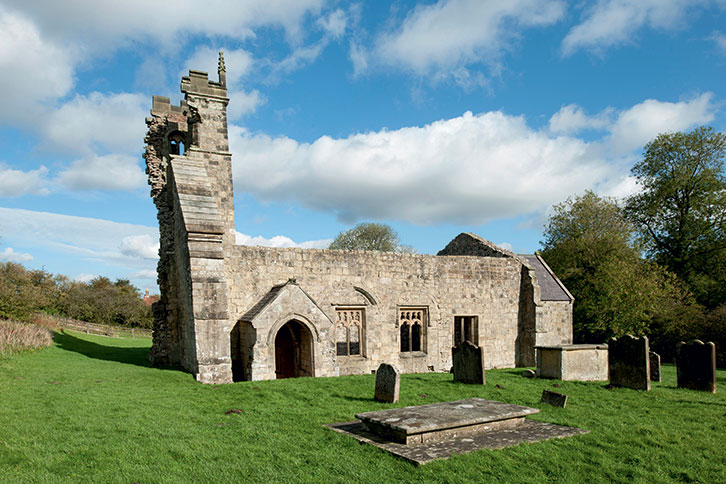
Wharram Percy, in the Yorkshire Wolds, is one of the best preserved of the UK’s so-called ‘lost settlements’. Among the ruins, which date back to the 12th century, is a church, along with the outlines of over 30 houses. The village is thought to have been established in prehistoric times, with evidence dating back to the Bronze Age. Other visitors have included Romans and Anglo-Saxons. Wharram Percy was deserted by the early 1500s, mainly as a result of forced evictions by a local landowner.
Stay at: East End Farm Campsite
Lead image: Alamy
If you’e enjoyed reading this article, why not get the latest news, reviews and features delivered direct to your door or inbox every month. Take advantage of our brilliant Practical Motorhome magazine SUBSCRIBERS’ OFFER and SIGN UP TO OUR NEWSLETTER for regular weekly updates on all things motorhome related.
